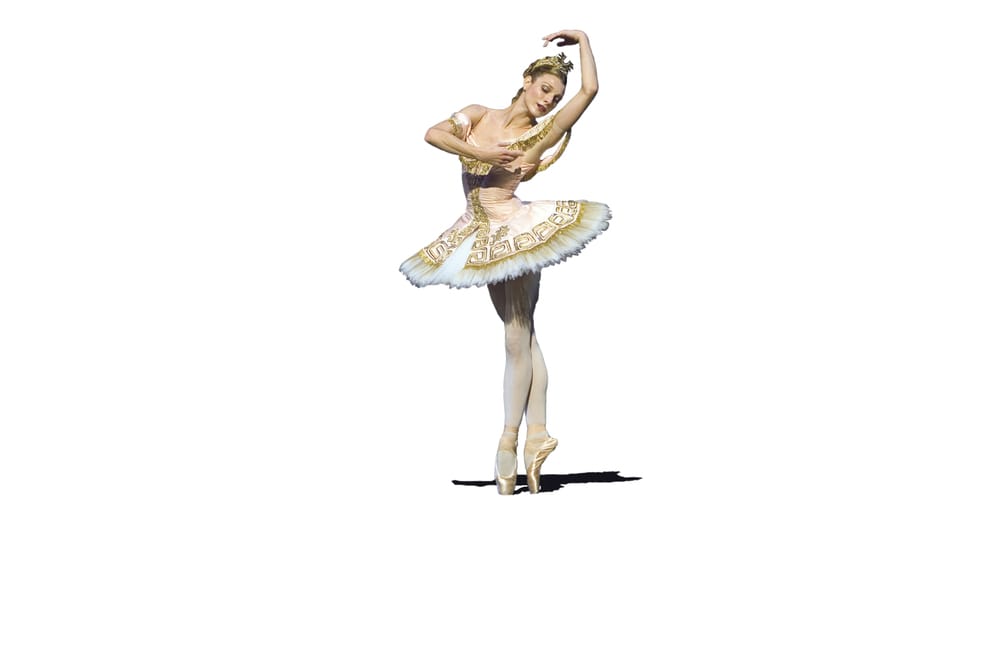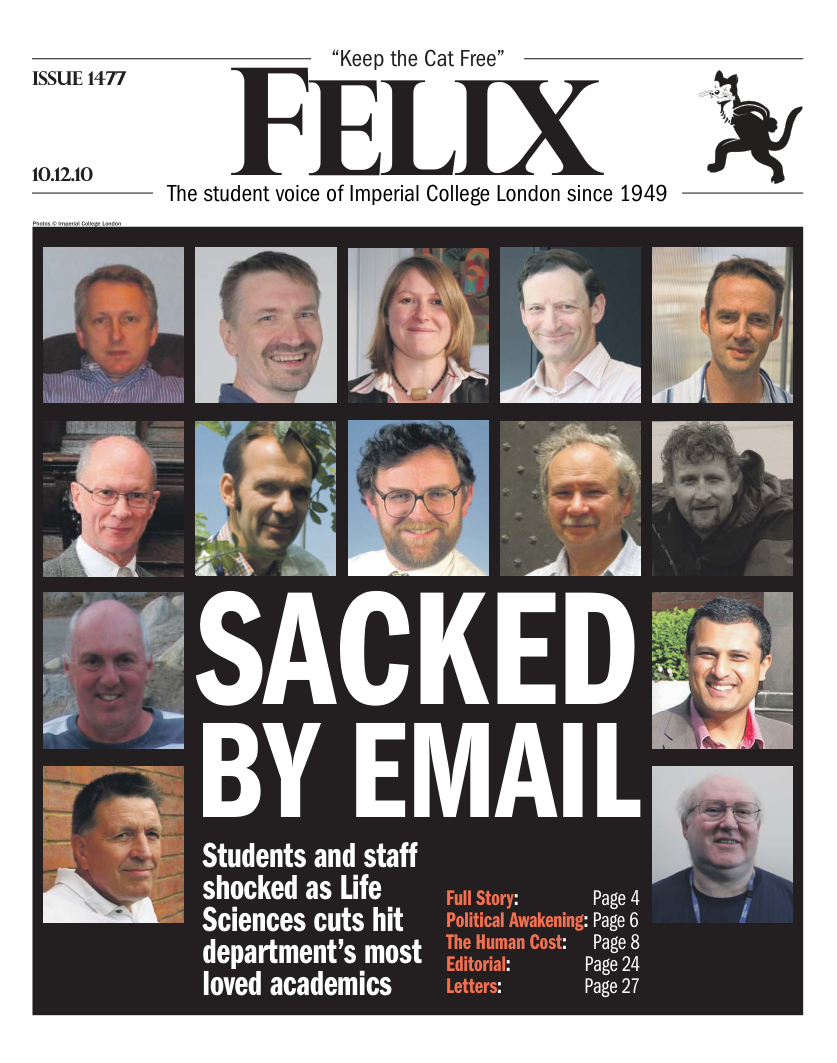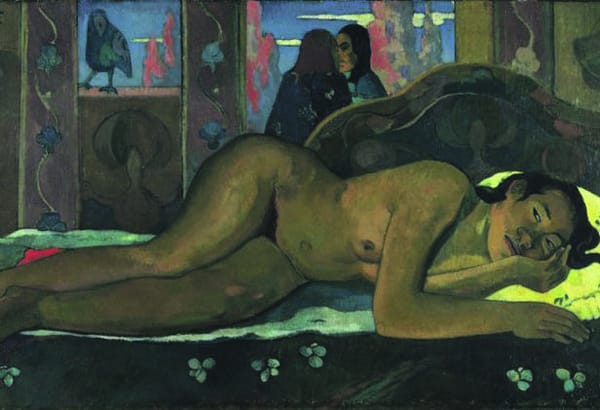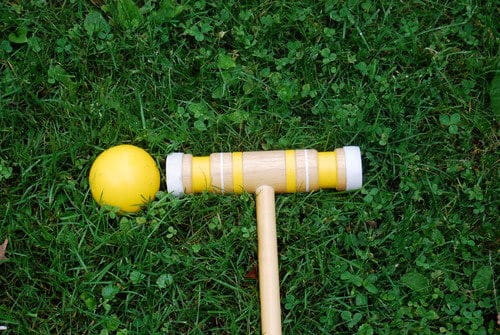The Ballet
Sylvia is a magical introduction to the best ticket in London this Christmas, a night at the Royal Opera House

I was fifteen when I first went to the ballet. It was Onegin at the Royal Opera House, a birthday present from my mum to me and my brother. I didn’t know what to expect when I went, nor what the ballet was actually about. For me, the experience was quite alien to anything I had encountered before. I had already gone to see a few plays in the West End and a musical, but the ballet seemed to be neither and somehow both, at the same time. For those who have never seen a ballet before, the dancers ‘act’ through the choreography, which in turn is set to music. I left the opera house not knowing really what had happened and unable to appreciate it to any significant level. So when a friend of mine recently brought up the topic of going to the ballet I was a little apprehensive.
Six years after first entering the Royal Opera House, I was back again to see Sylvia. In between those years I’d like to think that I’ve become a little more educated in the arts. Having played in a pit orchestra myself since then, I went to the ballet at least expecting to be able to enjoy the music, if nothing else. I wasn’t disappointed. The score, composed by Léo Delibes is absolutely fantastic. Unlike many other scores for other ballets (including Onegin) this one really does come to fore. It sets the action for the ballet and absolutely not the other way round. It is so good that even Tchaikovsky remarked “...the first ballet, where the music constitutes not only the main, but the only interest. What charm, what elegance, what richness of melody, rhythm, harmony.” Delibes interestingly uses the alto saxophone in this ballet, an instrument that (at the time more so) was never really picked up by composers for big orchestral pieces – it’s a striking tone – and anyone who knows it will be delighted to hear it around the third act.
The ballet itself is not based on a particularly gripping storyline. A shepherd is in love with the main character, Sylvia, who is captured by an evil man. Fortunately a god, Eros, saves Sylvia and returns her to the shepherd. The thing that makes the ballet, as mentioned earlier by Tchaikovsky, is the choreography and heart-rending score. First choreographed by Louis Mérante in 1876, it was considered ahead of its time for its use of ballerinas as masculine huntresses, but as a whole it is still in the style of late Romantic-era ballet. The choreography was redone by Frederick Ashton in 1952 for the Royal Ballet and is far more modern and also incorporates mime. He also styled the new ballet on the leading ballerina of the time, Margot Fonteyn, and Sylvia herself is considered an especially difficult part to dance. On the whole, the choreography and orchestration combine to make this a supremely special ballet and I felt privileged to be able to see it. It is well worth looking out for in the future.
For the moment, the Royal Opera House is offering its traditional Christmas season. Breaking with their programme for many years, they are performing Cinderella instead of the Nutcracker. Both are equally enjoyable to newcomers and seasoned veterans alike. The Nutcracker, like Sylvia, is well known for its score by Tchaikovsky, while Cinderella delivers the familiar story with great choreography (again by Ashton) and an unbeatable score by Prokofiev.
The Royal Opera House itself is a magnificent building, worth visiting just for the beautiful interior. It certainly provides a most magical setting for any ballets or operas throughout the year, but nothing quite compares to Christmas time.
If you are ever going to see a ballet, this is the time to see it and with the ROH offering student discounts, this is definitely the place. Tickets from under £10.







